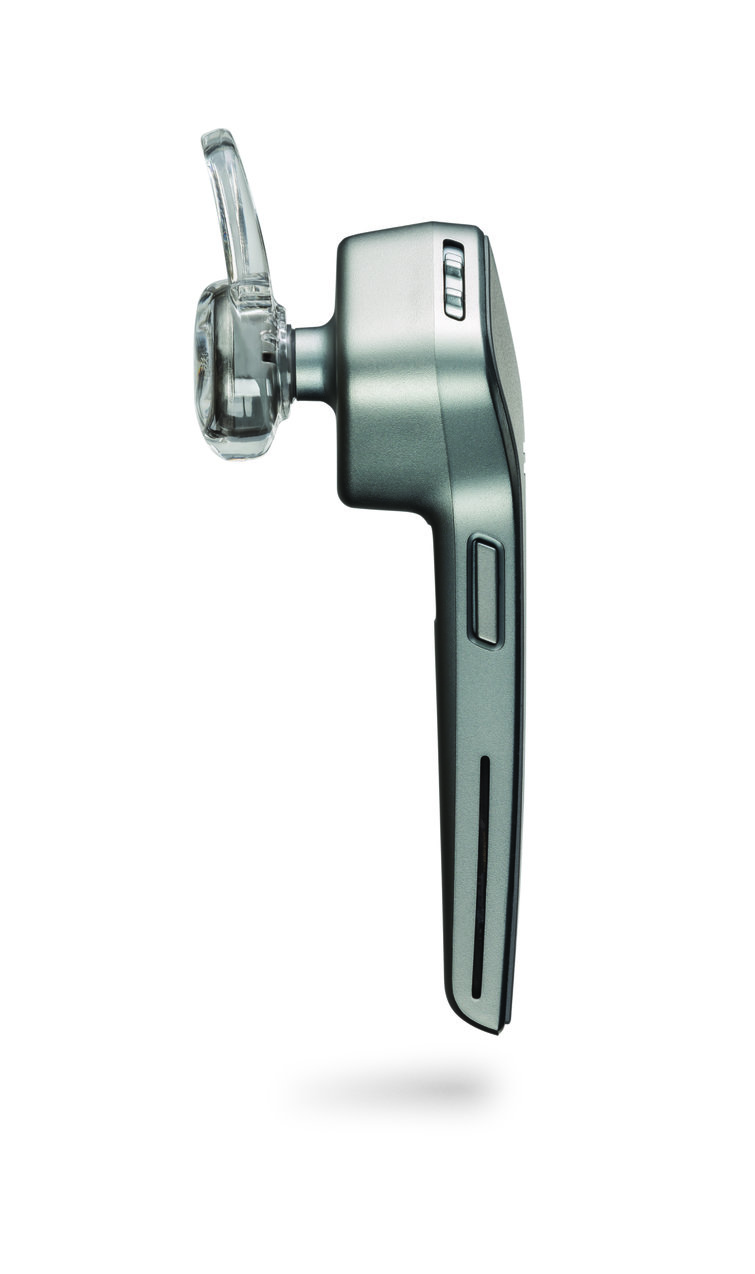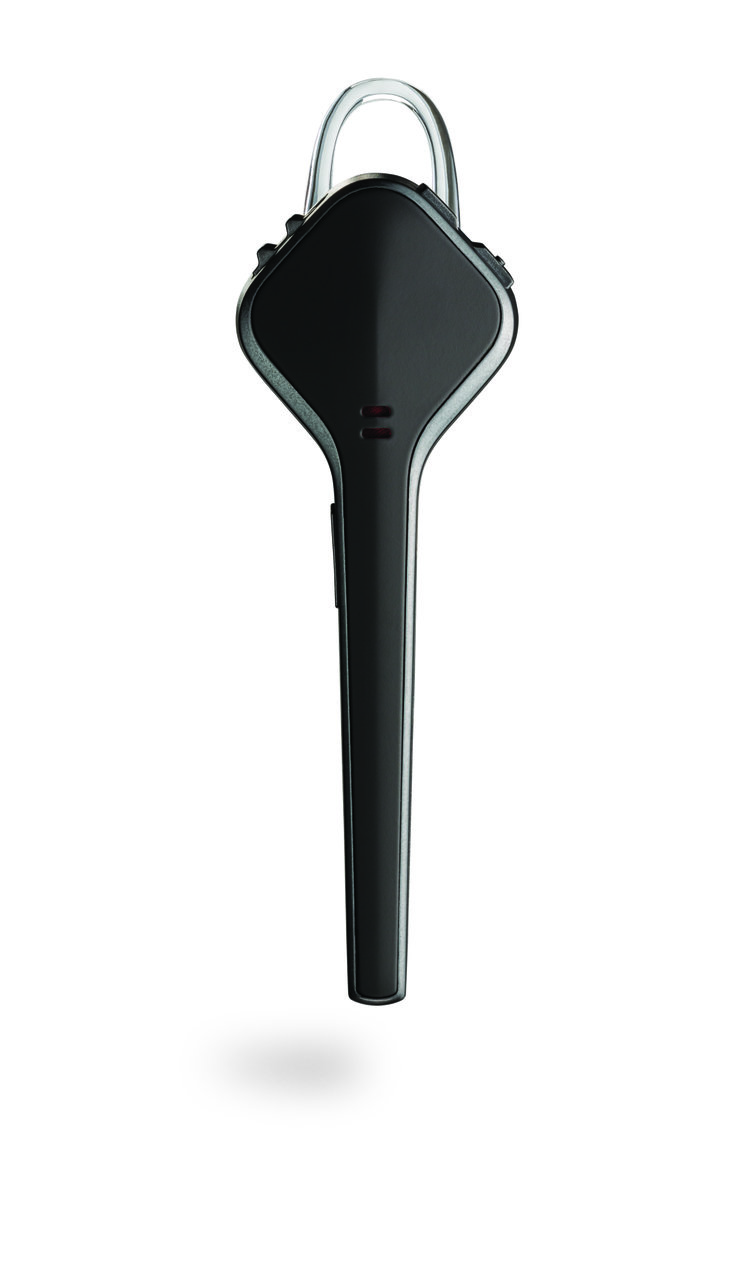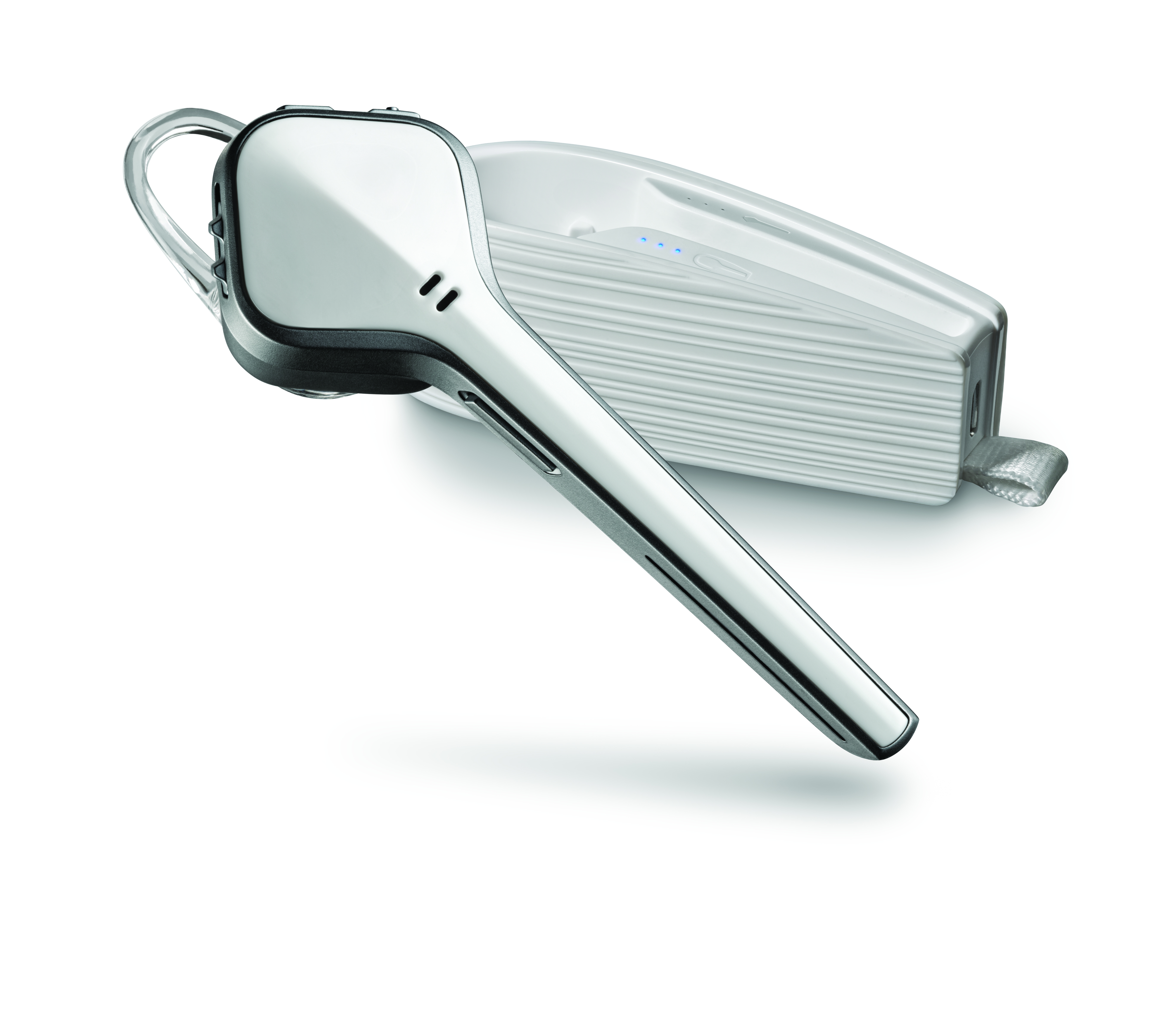Plantronics Voyager Edge Headset Knows When It's In Your Ear
New headset offering from Plantronics makes clever use of capacitive sensors.
Plantronics at Mobile World Congress debuted a new Bluetooth headset called the Voyager Edge. It has an in-ear design that's suited for users who don't need to wear their headsets all day, but rather only put it in their ear when it's time for a call. For those who like to keep their headsets in for longer, Plantronics promises comfort with the device's 9 gram weight.
A standout feature of the Voyager Edge is its dual capacitive sensors that can detect whether or not the headset is currently being worn (through skin contact). If the headset detects that it's in ear, then it will bring calls through the headset. If not, then it'll send the call through the phone and the user can pick up the handset as normal.


The capacitive sensors are also functional. Putting on your headset can automatically answer an incoming call, or transfer an active call from handset to headset. Conversely, taking off the headset while on a call will transfer it to the phone. Streaming audio will also pause and resume automatically. Finally, the headset will also "keylock" its call button when the Voyager Edge is not being worn, avoiding any accidental and potentially embarrassing unintentional calls.
The Voyager Edge packs Plantronics' triple mic noise canceling technology, so you can keep talking even in noisy environments – up to six hours straight according to the battery estimate. It even comes with a portable battery-charging cradle that can extend talk time up to 16 hours. You can opt to leave the cradle at home, though, as the headset itself has its own microUSB charging input. A full charge takes 90 minutes and will yield a standby time of seven days.
We got a chance to briefly go ears-on with the headset, and we were impressed with its comfort and call quality. The Voyager Edge is light, comfortable, and easy to put on and take off. It also doesn't look too bad for those who want to leave it on for parts of their day.
While the headset itself is indeed 9 grams, as confirmed on our own scale, the charging cradle is 37 grams. By no means is the cradle heavy, but it does make the overall package bulkier for those who want to go about their days carrying as few things as possible. Luckily, Plantronics has considered the usage case for the minimalist as well, and the headset itself can charge through a direct microUSB connection. A user can also use an external battery charger meant for his or her phone and use it to charge the headset as well.
The Plantronics Voyager is set to hit stores in April for $129 in white, grey and black.
Get Tom's Hardware's best news and in-depth reviews, straight to your inbox.
Check out all our Mobile World Congress 2014 coverage here!
Follow Marcus Yam @MarcusYam. Follow us @tomshardware, on Facebook and on Google+.
-
Attacker411 "Finally, the headset will also "keylock" its call button when the Voyager Edge is not being warn, avoiding any accidental and potentially embarrassing unintentional calls." Excuse me, but isn't the proper word "WORN" and not "WARN"? Whoever is writing these articles is doing a bad job at spelling. Great article though!Reply



